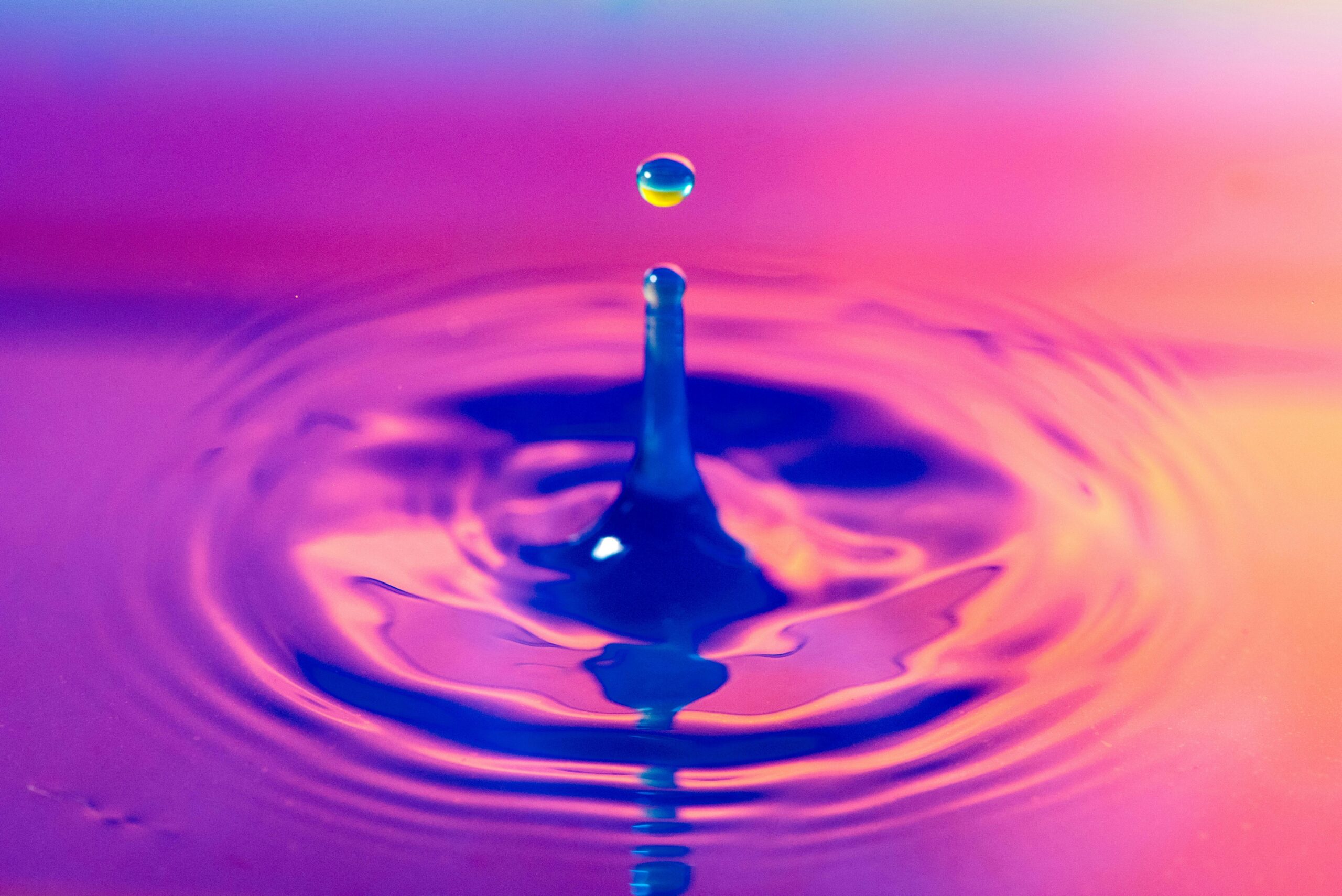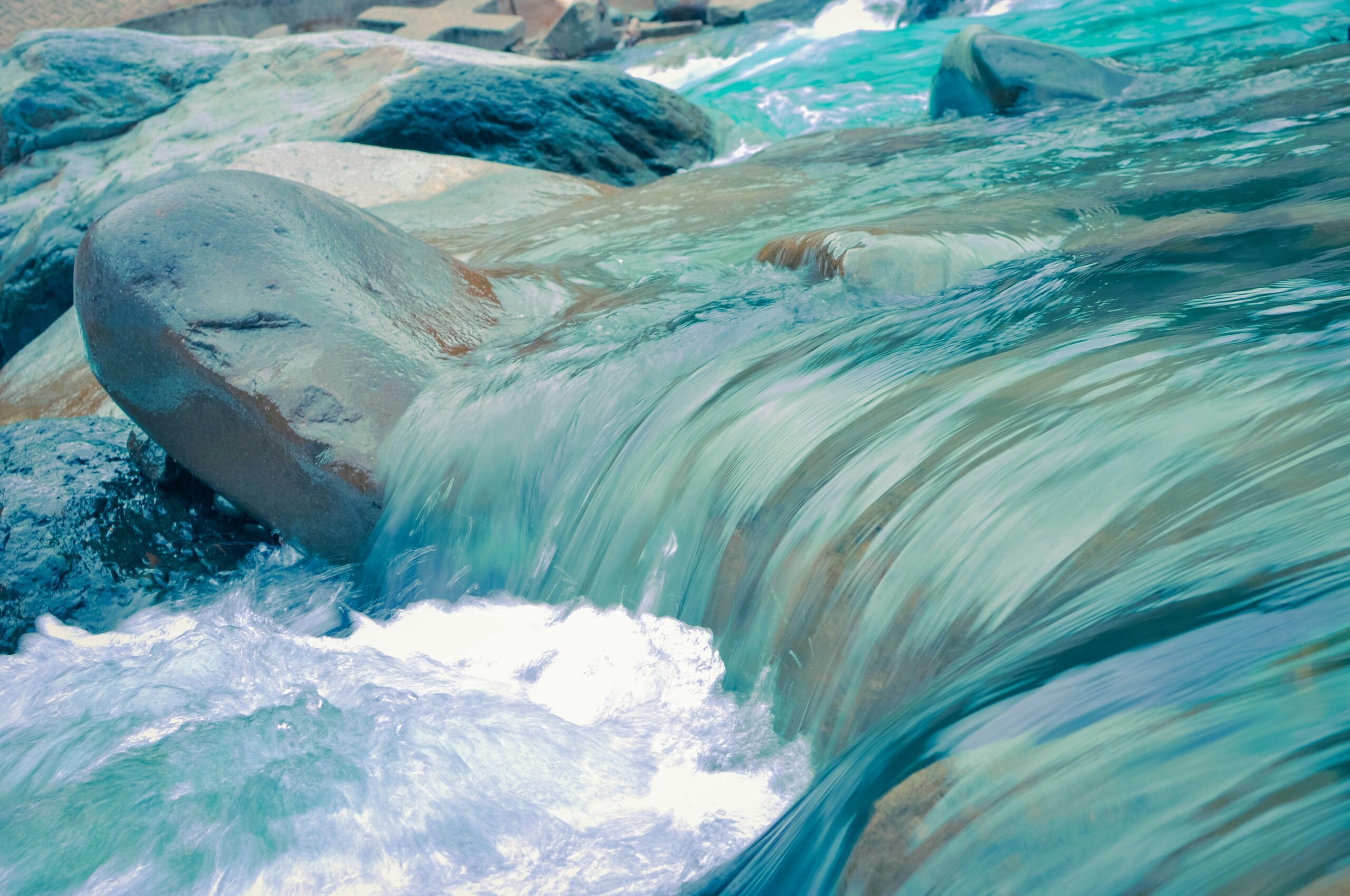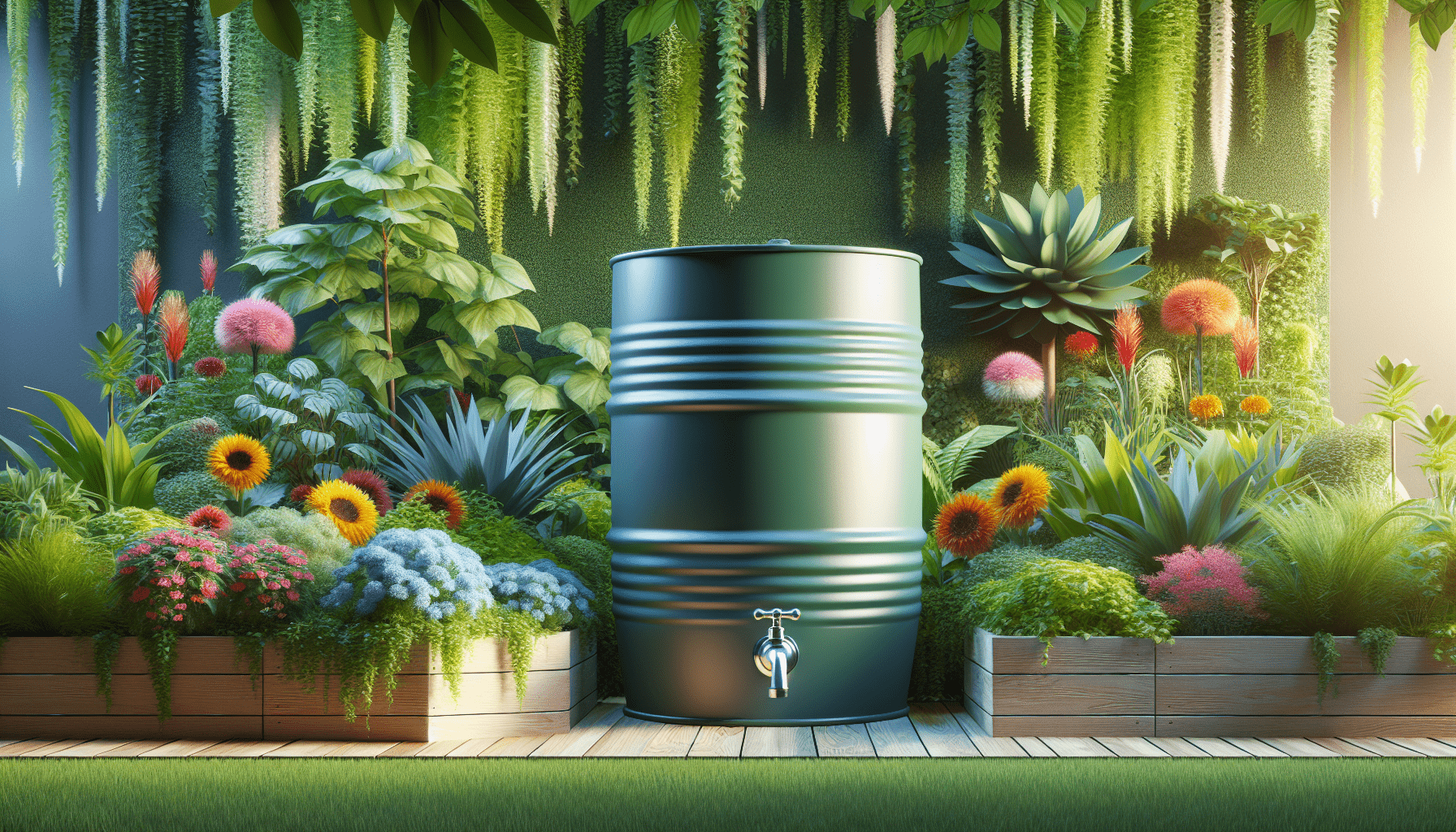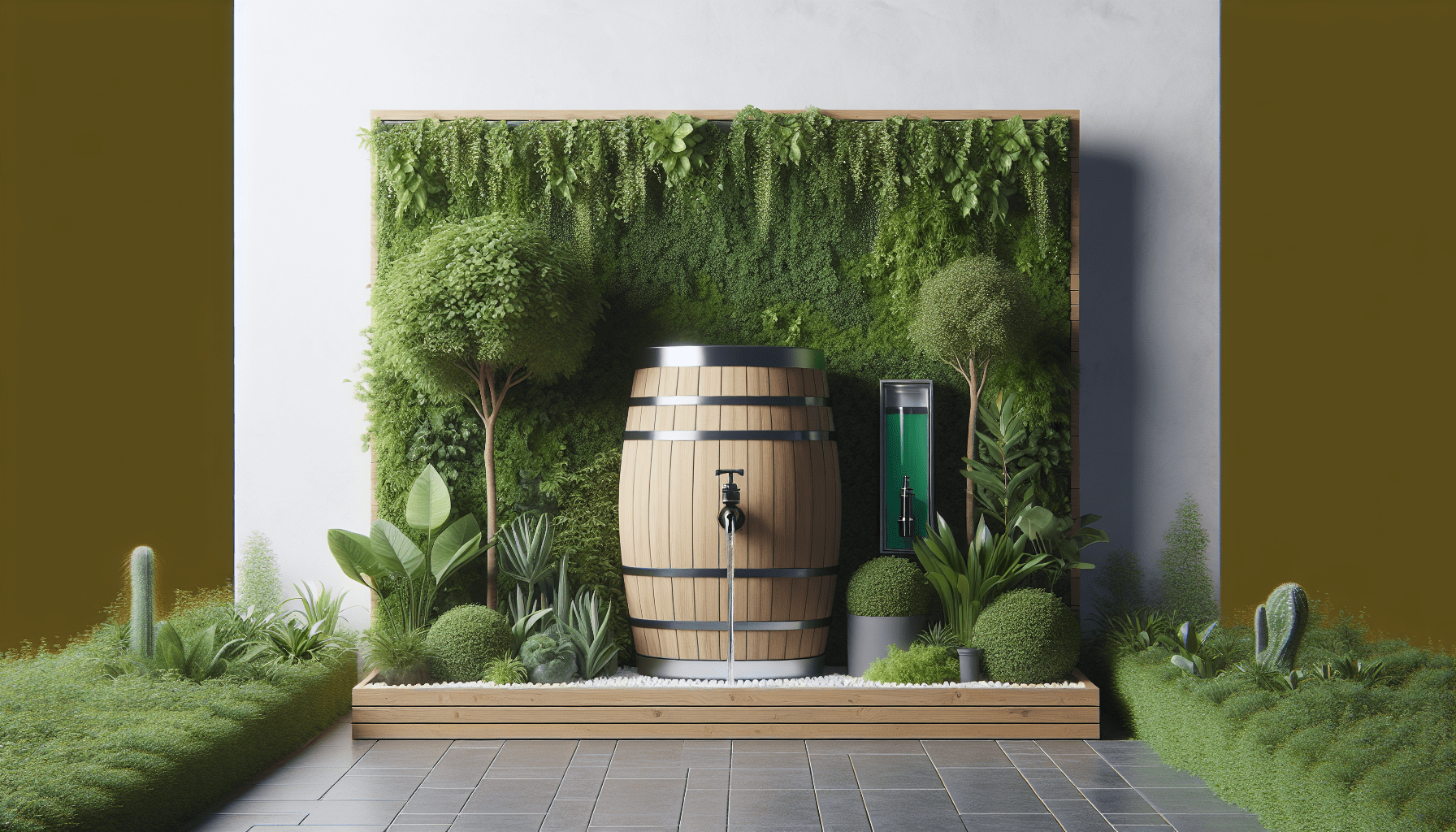Have you ever wondered what you would do if your household suddenly lost access to clean water? It’s an unsettling thought, but emergencies can occur unexpectedly. Being prepared for such situations is essential to ensure your safety and well-being. Among the many things you might plan for, securing an alternative water storage solution should be paramount. Let’s discuss some creative and practical options for storing water in emergencies, helping you to stay ahead in times of crisis.

Understanding the Need for Water Storage
Before jumping into the types of alternative water storage options, it’s important to grasp why water storage is crucial. Water is necessary for drinking, cooking, and maintaining hygiene. In emergencies like natural disasters or infrastructure failures, access to water could be compromised. Preparing for such scenarios helps to ensure that you and your family have a steady supply of water.
The Importance of Water for Daily Needs
Each person requires about 1-3 gallons of water daily for drinking and sanitation purposes. In emergencies, having a stockpile can mean the difference between despair and comfort. Imagine having clean water not only for drinking but also for cooking, bathing, and washing even when the regular supply is cut off. With a thorough understanding of your water needs, you can plan your storage solutions effectively.
Evaluating Your Water Storage Space
Before selecting a storage solution, consider how much space you have available. Modular systems or collapsible containers might be suitable for small spaces, while larger tanks can be considered if you have more room. Remember, storing water efficiently is as much about space management as it is about having the right containers.
Alternative Water Storage Options
In the quest for reliable water storage, you’ll encounter various vessels and methods. Each has unique advantages depending on your specific circumstances and needs. Let’s break down some of these alternatives to give you a better idea of what might work best for you.
Water Bottles and Jugs
These are perhaps the most straightforward options. Portable and easy to store, water bottles, and jugs are excellent for short-term issues. There are various sizes available to suit your space and consumption requirements. Consider using BPA-free plastic or stainless steel options to ensure safety and longevity.
Pros and Cons of Water Bottles and Jugs
| Pros | Cons |
|---|---|
| Easy to store | Limited quantity |
| Portable | May require frequent replenishment |
| Affordable | Can take up significant space when used extensively |
55-Gallon Drums
A 55-gallon drum is a great long-term solution if you have ample space. Made from food-grade plastic, these drums provide a large quantity of water storage. They’re stable and can be readily used with manual or electric pumps to access water.
Setting Up a Drum for Water Storage
When setting up a 55-gallon drum, ensure it’s placed on solid, leveled ground. Cleaning the drum thoroughly before use is crucial to prevent contamination. Using a cover or cap minimizes exposure to dust and debris, keeping the water clean.
Collapsible Water Containers
These are flexible and can be adjusted to fit storage spaces of various sizes. When they’re not in use, they occupy minimal space, which makes them an ideal choice for smaller homes or apartments.
Benefits of Using Collapsible Containers
Collapsible containers are lightweight and usable in a pinch. Perhaps their greatest benefit is their adaptability. You can adjust them according to the water quantity you need, making them a versatile part of your emergency preparedness kit.
Rainwater Harvesting Systems
Incorporating rain barrels or tanks into your setup allows you to collect and store rainwater effectively. This method is both environmentally friendly and sustainable. Before using stored rainwater for consumption, it must be filtered and purified to ensure it is safe.
Installing a Rainwater Harvesting System
System installation requires connecting a barrel system to your home’s guttering. It’s essential to position your system strategically to maximize water collection. Research local regulations, as rainwater harvesting is subject to laws that can vary by location.
Underground Water Storage Tanks
These tanks are suitable for those who can undertake more substantial installations. Underground tanks provide vast storage capabilities and have the added advantage of being concealed.
Advantages and Considerations
While these tanks offer substantial capacity, installation can be costly and requires significant planning. The main advantage is the security it offers, keeping water out of sight and protected from external factors.
WaterBricks
WaterBricks are stackable, and they allow for modular storage, meaning you can customize the configuration according to your available space. Each brick holds about 3.5 gallons, making them ideal for creating portable and manageable water supplies.
Utilizing WaterBricks for Versatility
WaterBricks are incredibly durable and easy to transport. Their interlocking design means you can create a storage wall or stack them in various configurations, providing a flexible solution for most homes.

Water Purification and Maintenance
Storing water is not enough; maintaining its purity is essential to prevent illness and ensure usability. Implementing purification methods and regular maintenance is key to keeping your water supply safe.
Purification Methods
- Boiling: One of the most effective ways of purifying water using heat. Boiling kills most types of bacteria and viruses.
- Filtration Systems: Use of advanced filters can help remove particulates and contaminants, ensuring water is safe to drink.
- Chemical Treatments: Chlorine dioxide tablets or drops are efficient in purifying water by neutralizing pathogens.
Regular Maintenance of Stored Water
Tips for Maintaining Water Quality
- Rotate your water supply every six months to prevent stagnation.
- Store containers in a cool, dark place away from direct sunlight.
- Regularly check for leaks in containers and repair them promptly to prevent contamination.

Planning for Easy Access
In emergencies, ease of access to your water supply is crucial. Organizing a plan for how you’ll access stored water will save time and stress.
Creating an Accessibility Plan
- Designate a primary person responsible for water management in your home.
- Ensure you have tools like pumps or spigots readily available for accessing large containers.
- Keep purification tablets or equipment near your water supplies.
Educating Household Members
Educating everyone in your household on how to access and manage stored water is imperative. Such knowledge ensures that everyone can help and stay calm during emergencies.

Economic Considerations
Budgeting is a significant part of preparing an emergency water storage system. Some methods are more cost-effective than others, and knowing your budget helps you prioritize appropriately.
Budgeting for Water Storage
Start with basic, affordable options if you’re new to water storage. As your budget allows, gradually invest in more extensive systems like rainwater tanks or underground storage to expand your emergency preparedness.
Long-term Savings
Investing in a reliable water storage solution can result in savings as it reduces reliance on bottled water or emergency procurement, especially during a water supply disruption. Consider these investments as part of your long-term emergency planning.

Conclusion
Being prepared for water emergencies means having effective storage solutions that cater to your specific needs and circumstances. Whether you choose portable water bottles, engage in rainwater harvesting, or invest in large storage tanks, each option has its place. By understanding these alternatives and taking proactive measures, you’ll be better prepared to face any emergency without missing the critical necessity of having safe water. So ponder your needs, evaluate your resources, and select the storage solutions that best align with your requirements to keep you and your loved ones secure.

